Email Marketing Automation – The Ultimate Guide
Spending hours meticulously creating unique emails for each of your clients would be counterproductive, not to mention very time-consuming. You also don’t want to bombard your whole subscriber list with generic emails that don’t really add any value. Recipients would most likely move emails to spam or unsubscribe if they keep receiving email content that is unrelated or adds no value to them. The good thing is, marketing automation, specifically email marketing automation, can help you overcome these issues, save you time, and increase your ROI.
Table of Contents
What is Marketing Automation?
Marketing automation refers to the process of using technology to streamline marketing activities and make them more effective. Marketing automation uses software that provides information to specific consumers automatically. The majority of automation solutions do this through digital processes focused on a single channel.
The automation assigns prospective customers to particular processes based on their behaviors, allowing your sales and marketing teams to acquire a detailed understanding of how your audiences are interacting with your business.
A “trigger and action” model is used in marketing automation, where when a prospect engages with your business in some way, it prompts an automated response. For example, when a customer downloads an ebook from your website, it results in them getting an automated email or phone call.
Marketing automation also involves employing technology to simplify and improve marketing tasks. Marketing automation software takes handles the manual and repetitive marketing tasks by making these tasks/activities considerably easier through automation. This creates more free time and resources for your marketing team, allowing them to channel their energy into other important activities. To learn more about marketing automation, check our blog post What is Marketing Automation Software? The Complete Guide.
What is Email Marketing Automation?
Email marketing is an essential digital marketing tool or strategy. Businesses use email marketing automation to deliver triggered or scheduled email messages to their email list subscribers. It allows internet marketing teams to send tailored communications to prospective customers and consumers regularly or when they fulfill specific criteria.
Some examples of email triggers are when a potential customer expresses interest in a product, abandons a cart, schedules a demo but doesn’t follow through, and so on. This is where email marketing automation comes into play. With email marketing automation, marketers can save the effort invested in writing and sending out fresh emails. Aside from that, studies have also shown that utilizing marketing automation software increases lead generation by 80% and conversions by 77%.
How Does Email Marketing Automation Work?
Triggers and actions are at the heart of email automation. When a specified event occurs, a specified email, or collection of emails, is sent. The number of marketing actions that a company wishes to automate determines the duration of an automated email campaign. Marketing teams use email services to construct an email flow, which facilitates email marketing automation.
A sequence of automated email messages delivered to a subscriber according to their behavior or data is known as an email flow. Companies may use an email workflow to send the appropriate emails to specified leads at the right time depending on how they behave or the data they have about them. An email service provider can assist in setting up and customizing these events or triggers to meet your needs.
Benefits of Email Marketing Automation
Both B2B and B2C companies can make use of email automation. The advantages of using email marketing automation include:
Increased brand awareness
The outcomes are more consistent when automation handles the bulk work in email marketing. E-mail automation gives the impression that a company is more organized and responsive. When the email recipient gets useful and relevant emails from your business that always arrive at the correct time, it grabs their attention. They will be more aware of your company and will understand what you offer. When a salesman contacts them, they will recognize who you are and what your company does, and will ultimately be more engaged when interacting with you.
Saves time
Marketing automation typically ends up saving you a lot of time, compared to when you handle your marketing tasks manually. You can easily transfer monotonous activities that would otherwise take a long time to accomplish to the email marketing software. Although the email workflows function autonomously, you and your marketing team may still need to attend to other responsibilities. This means that you can focus on other things while nurturing more leads and contacts, and then reach out to them when they are ready.
Increased engagement
Email marketing automation gives click-through analytics to internet marketers, allowing them to determine which resources or links in their emails are getting the best responses from their target audience. They may then use this data to improve the efficacy of their emails to minimize unsubscribe rates, generate better impressions, and reduce bounce rates.
Enables you to send out more relevant emails
When you start working on your email workflows, you can ensure that they are entirely relevant to the recipient. It is very irritating to receive a series of emails that aren’t personalized for you. They’re pointless, ineffective, and cluttering for your email inbox. Most people will likely unsubscribe or move these kinds of emails to their spam folder. If your email content is relevant to the individual receiving them, it will encourage them to open and read them.
Allows you to plan out your email marketing strategy
While some businesses like sending periodic emails to their list of contacts, email processes are meticulously designed and serve a single purpose. It improves your entire email marketing strategy since each workflow allows you to figure out how to organize your content. As a result, you can easily make sure that every email is relevant and offers value to the recipient.
Reduced occurrences of errors
There’s a good possibility you’ll make a mistake if you only have one person or even different people composing and sending out emails to new prospects. Sending an email too early or misspelling someone’s name might make the receiver lose faith in your organisation. It demonstrates a lack of interest and precision. Although email procedures may be proofed and verified several times before going live, there are times when you miss something or make a mistake. Email marketing automation prevents this from happening because the software sends out emails automatically.
Revenue boosts
Implementing an effective lead nurturing system with email automation processes may drastically boost conversion rates. Even a slight increase in the likelihood that a lead would convert through targeted marketing can have a significant impact on total revenue figures. You can help accelerate the conversion process by finding the perfect strategy and scheduling your emails, which frees up your salesmen to get more prospects.
How to Build an Email Marketing Strategy
Email marketing automation isn’t a stand-alone strategy; it’s part of a larger marketing strategy that spans several channels. There are a few important things to complete before you can start creating an automated email marketing campaign. Here is how to build an email marketing automation strategy:
Determine who you want to reach (your target audience)
The first step is to understand who you are attempting to reach, their perspective, and any problem they may be facing (pain points). You are in the best position to successfully design email content to suit that group of people and their requirements if you know who you’re attempting to reach and what issues they are seeking to solve.
You need to think about the different personas who could be interested in what you have to offer, as well as the factors that might influence their decision in the future. Look into what distinguishes their needs and how your products or services can meet those needs.
Create useful content
Give your recipients a good reason to open your emails and read them. In most cases, pressing for a sale right away or sounding too salesy might make you appear aggressive, which can prompt your prospective customers to unsubscribe from your email list or even worse, put your emails into a spam filter. You want to focus on providing educative or informative content. When planning content, make sure to include a range of formats that cater to diverse consumer demands at different phases of the customer journey.
Use email marketing as an extension of your total content marketing plan. You can do this by using it to send out videos, blog posts, publications, and newsletters that you’ve previously produced. When you use content that you generate for your blog or website in your automated emails, it becomes very effective in generating leads and increasing traffic.
Determine the point of entry for your email campaign
For an automatic drip campaign to start, it needs a trigger and therefore, you need to think about how your prospective customers will draw that trigger. Will it be by requesting a discount coupon by filling out a contact form on your website, downloading a white paper or ebook, or by clicking on a “subscribe” button? Identifying the campaign’s primary trigger can assist you to make sure you’re providing content that’s appropriate for that consumer at their buying stage.
Use a compelling Call to Action (CTA)
While planning your email marketing, think about what you would like customers to do after getting to the end of the drip campaign. Your overall goal is to increase sales and conversions, but you need to figure out how you will go about it. When building your email drip campaign, you want to build anticipation in your audience’s mind and let them know what to expect.
They have probably been reading your content and are finding out more about your product or services and how you can assist them in resolving their problems. At the end of the drip campaign, offer a compelling CTA on the next step to take, such as downloading an ebook, sending a request for a free quote, calling your support team, making a purchase, booking a consultation, or scheduling a product demo.
Map out your workflows
After you’ve done the groundwork by figuring out who your target audience is, what kind of content you need to show them, and the action you want them to take, you can proceed to map out an email marketing strategy that suits your customer journey. The term “customer journey” relates to the decision-making process that a prospective buyer goes through when evaluating your products. It also includes the actions you take to assist them in making those decisions.
You may include a variety of approachable and sophisticated degrees of complexity into your workflows. Try starting by mapping out content and determining where each piece of information will be most beneficial in the buyer choice process. You can also create touchpoints to guide them from your original trigger to your ultimate call to action (CTA).
Key Performance Indicators (KPIs) for Email Marketing Automation
After creating and launching your email marketing campaign, you’ll also need to track results to see if your efforts are paying off. This will give you a clear understanding of how people are interacting with your content. The measures that can help you understand how well your emails are performing include:
Open Rate
The proportion of subscribers that open a given email out of the total subscribers that received that email is known as the email open rate. In simple terms, it’s the number of times subscribers open your emails. This is an important place to start when evaluating the effectiveness of your email automation initiatives. If your emails are not being opened, they won’t have much of an influence on your marketing initiatives or conversions.
Consider changing the pre-header texts (preview text) and subject lines if your email open rate is poor. These are the first items a recipient sees while browsing their email inbox. They also have the most influence on the open rate, which is why you should take them seriously. To figure out where the majority of your email recipients are reading your emails, check both mobile and desktop open rates separately.
Click-Through Rate (CTR)
The ratio of individuals who click on a single link to the overall number of users that visit a website, or receive an email is known as the click-through rate. For example, the header of your email may have a link, a Call-to-action button, and a clickable logo that directs consumers to your home or landing page. It’s critical to know not just how often your users click, but also where they’re clicking so you can manage the user experience.
Make sure you’re not only looking at the click-through rates as mere statistics but also at the distinctive or unique clicks. The term “unique clicks” refers to the number of people who have clicked on a link, whereas the overall CTR comprises those who clicked through. Both unique clicks and click-through rates are useful metrics, as demonstrated by recurrent clicks. If a person has returned to your email and clicked on it several times, they are likely very interested in what you have to say.
Bounce Rate
Bounce rate refers to the percentage of emails that are undeliverable due to a deactivated or invalid email address. Understanding the quality of your lead database is important so that you can maintain a low bounce rate. A high bounce rate might damage your sender’s reputation with email providers, causing many of your emails to be filtered as spam. Some email marketing automation software might ask you to pay for contact storage depending on the volume. If you don’t keep track of your bounce rate, you might be incurring an unnecessary expense.
Conversion Rate
Your conversion rate is the percentage of subscribers who accomplish eventually carried out the exact actions you want them to perform. Knowing how many people read your emails or clicked on your CTAs is not enough. You also want to see actual sales, downloads, and calls from your efforts. The most essential measure for proving ROI is conversion rate.
Spam Flags and Unsubscribe Rates
If your emails are getting a lot of unsubscribes or getting tagged as spam, then you have a problem to deal with. A significant unsubscribe rate might suggest that either you need to change your content or you’re sending out too many emails. Make sure you look at unsubscribe rates throughout your email campaign while evaluating its success. You might also want to stop and research to understand your audience better. When you realize that your emails are having high unsubscribe rates, you may need to stop and recreate your campaign to get better results.
If you’d like to learn more about how automation can make your email campaigns more effective in 2022, give Munro Marketing a call and ask for a free trial.
We are a Marketing Automation Agency that specialises in Lead Generation helping you make the most out of your marketing efforts.

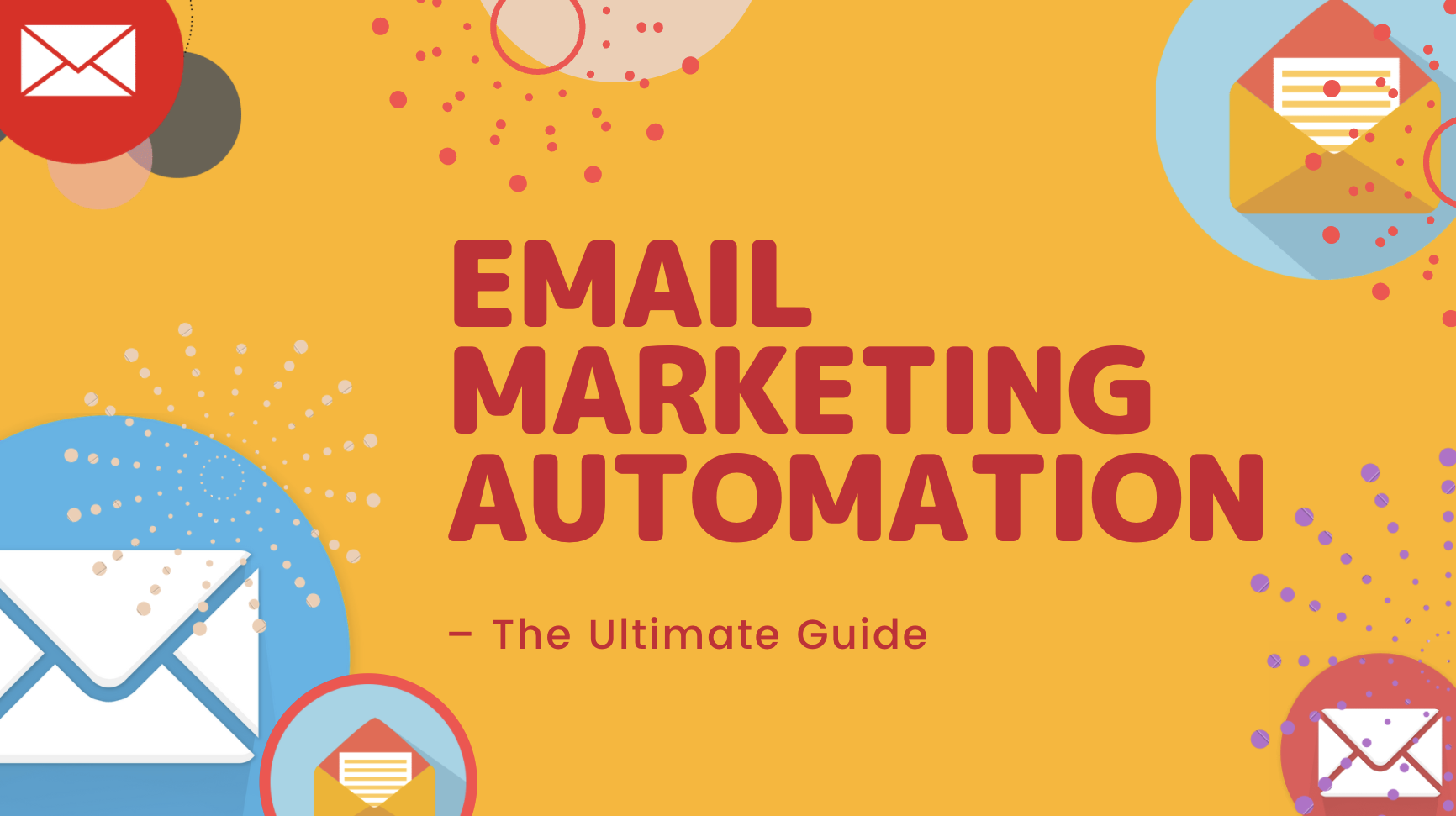
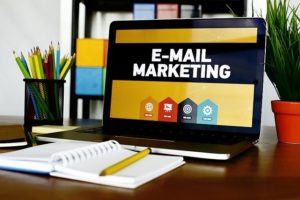
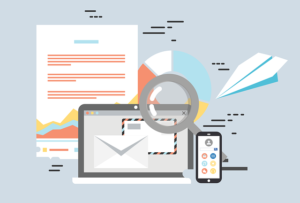
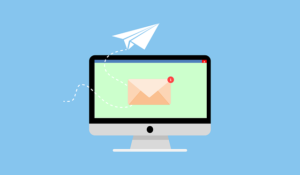
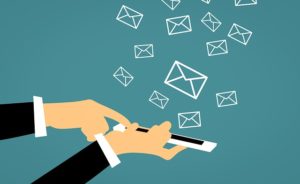

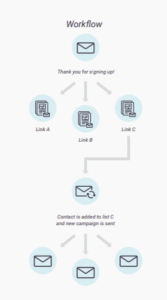
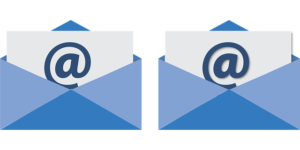

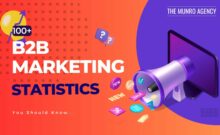
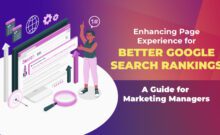
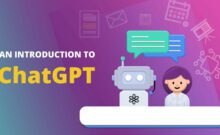
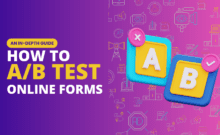
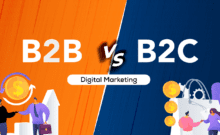
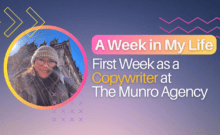

Leave a Comment